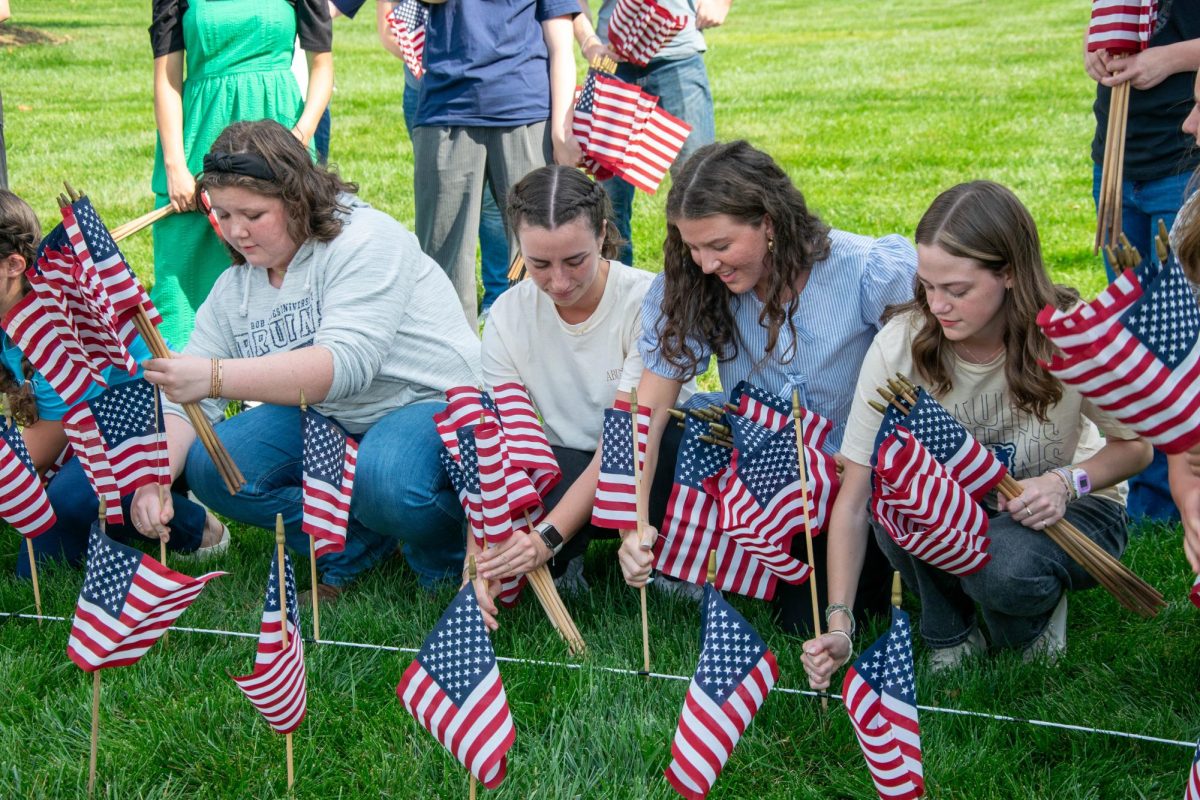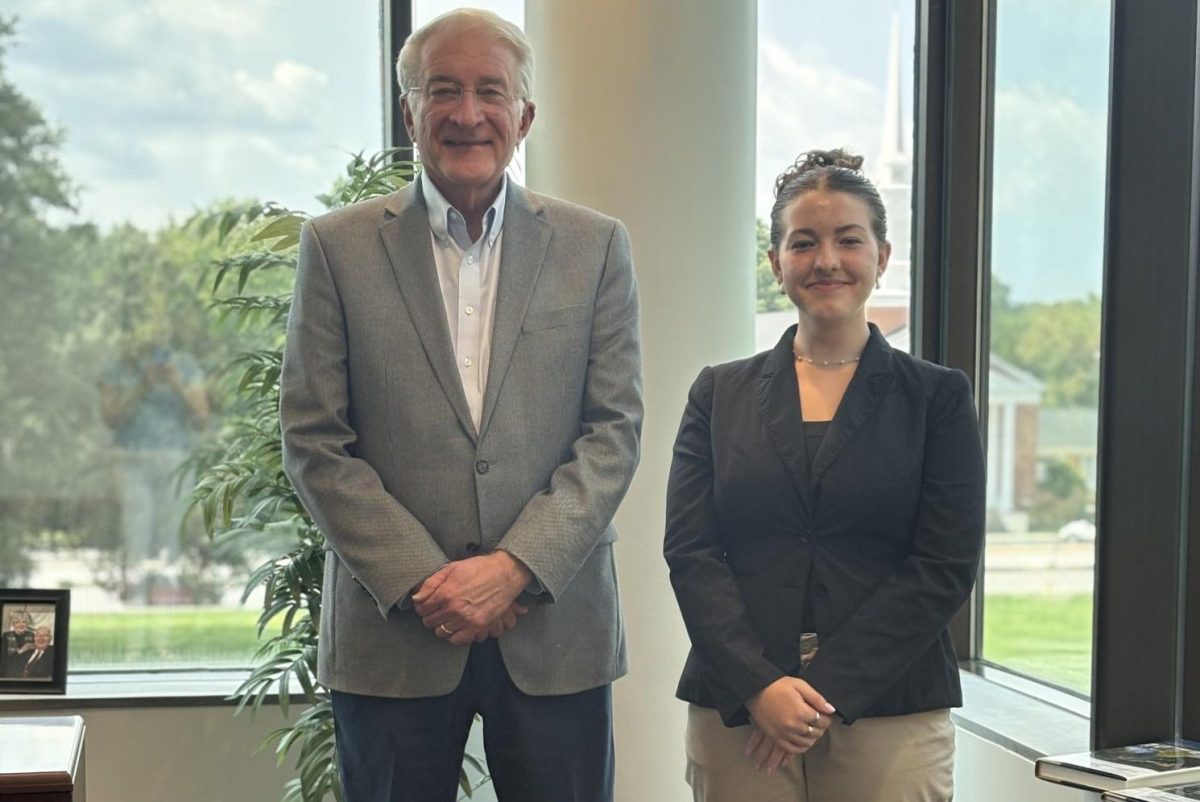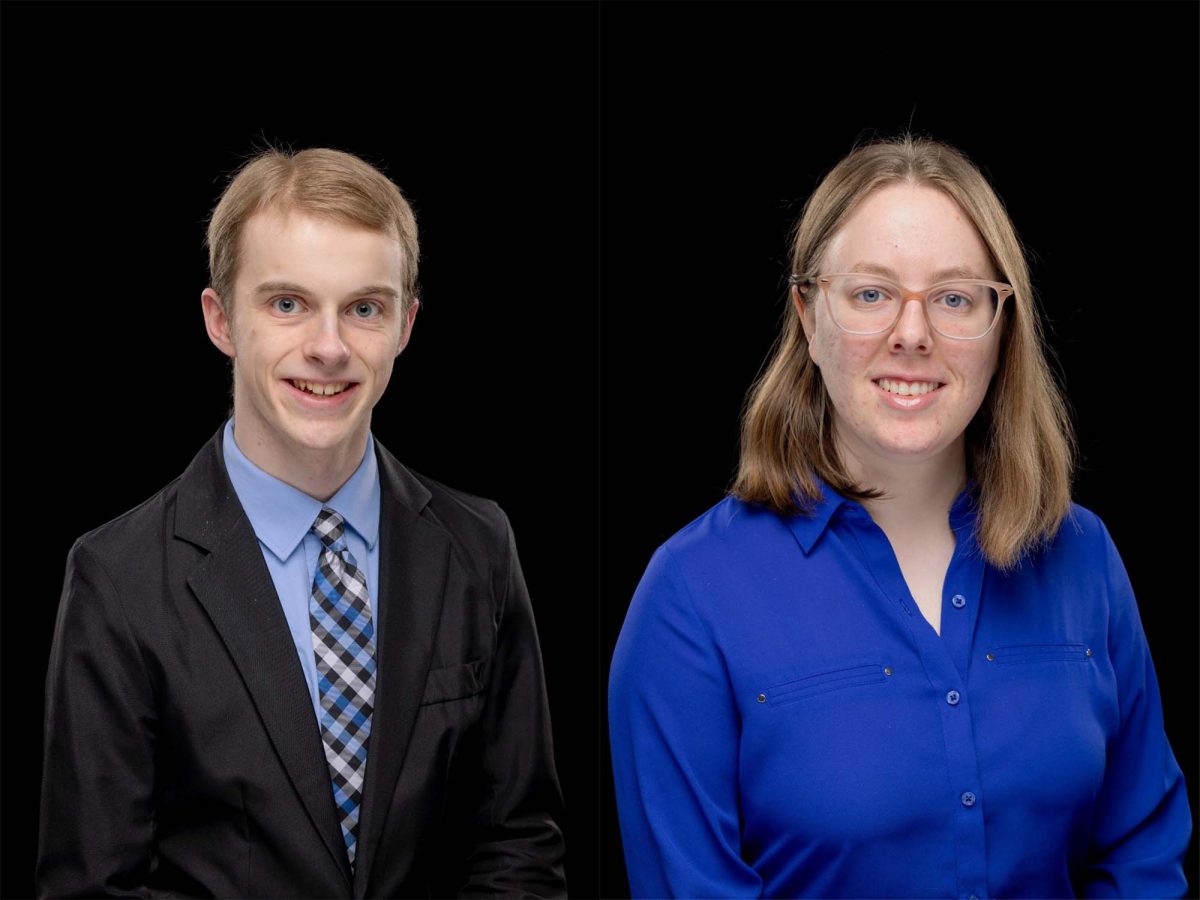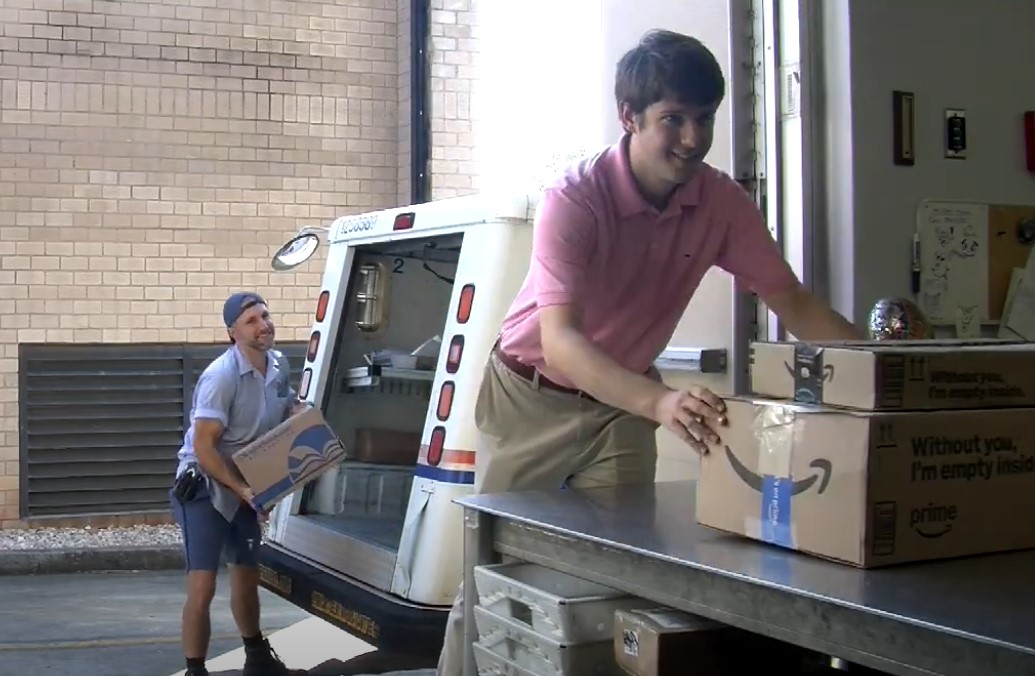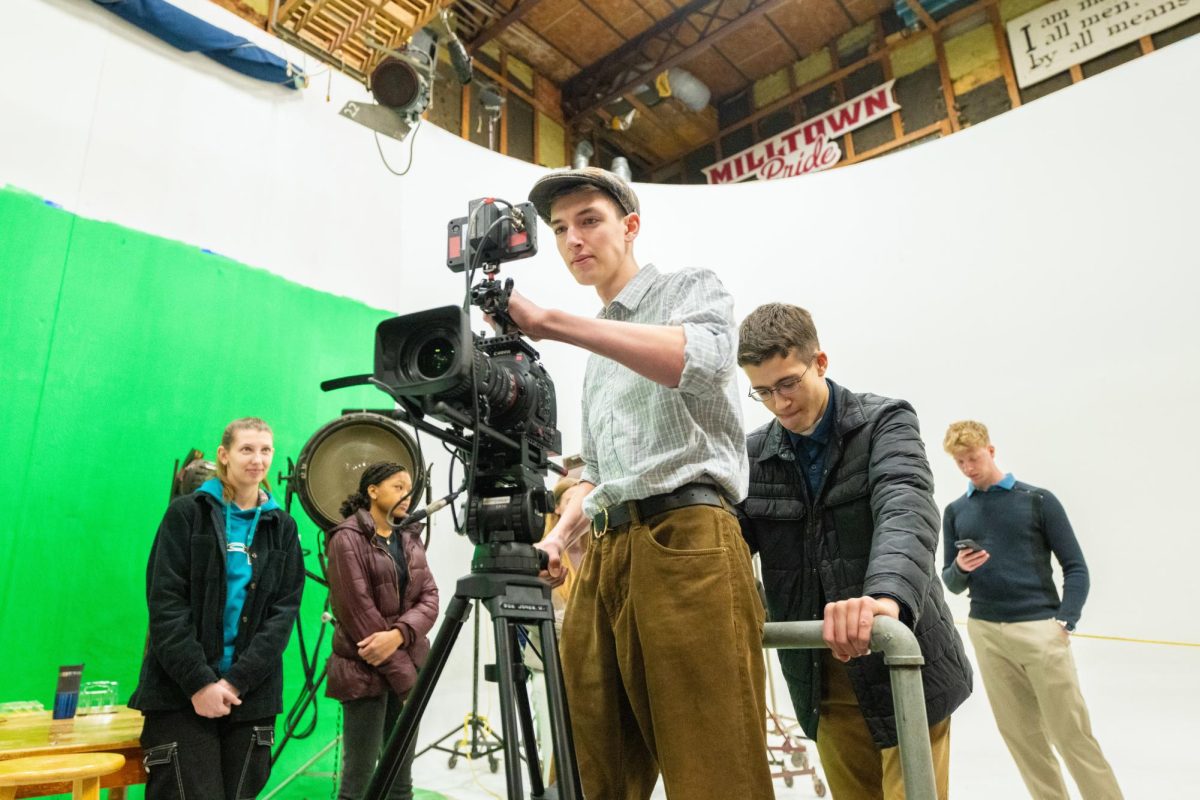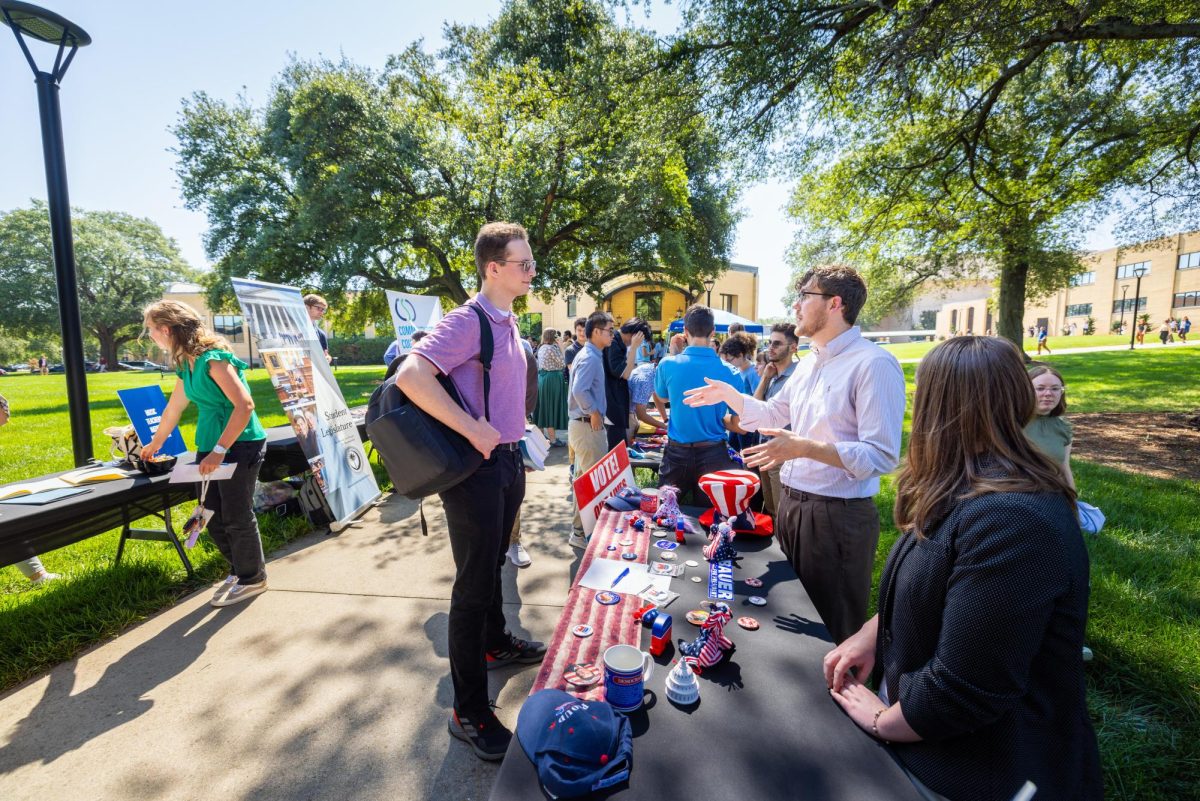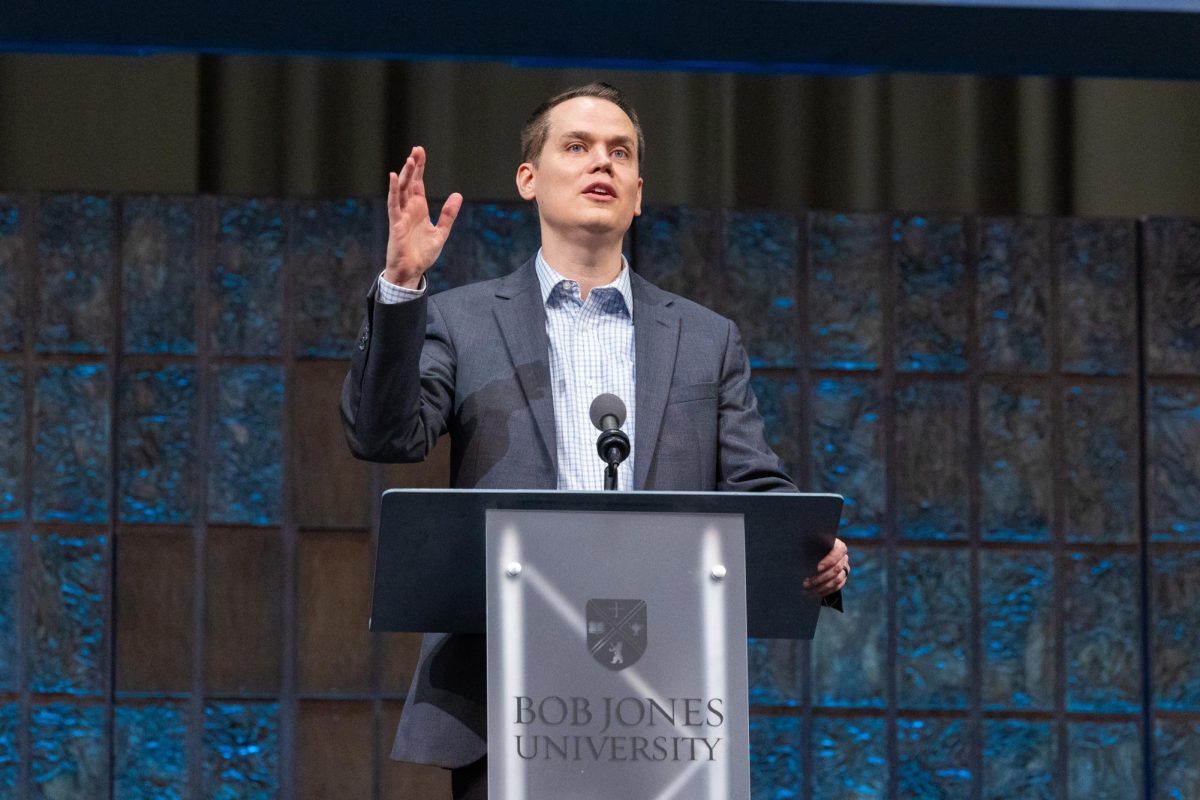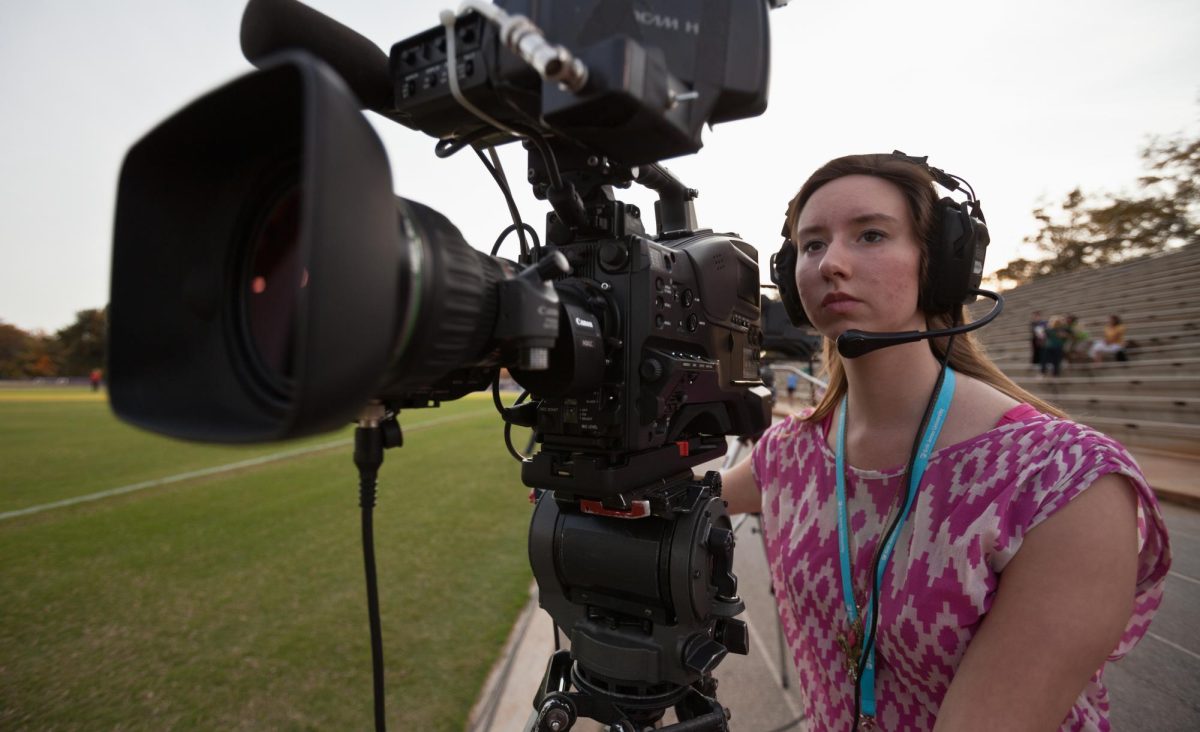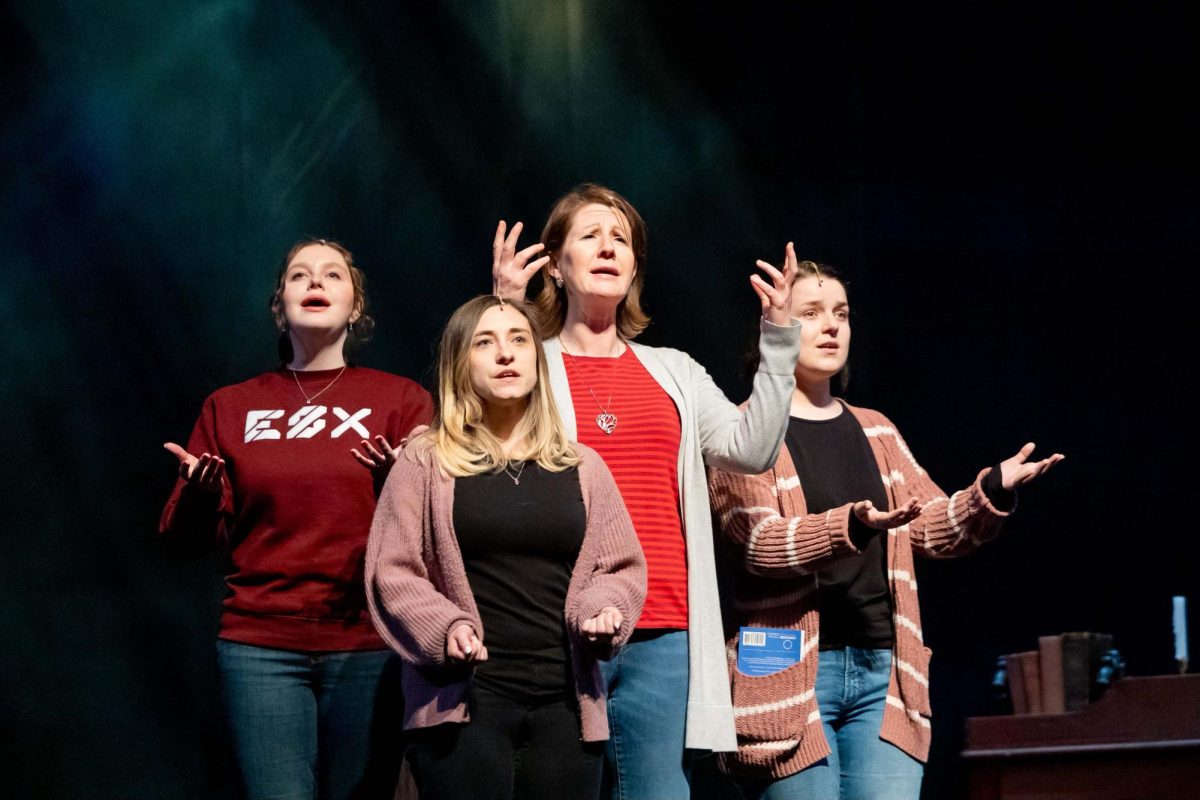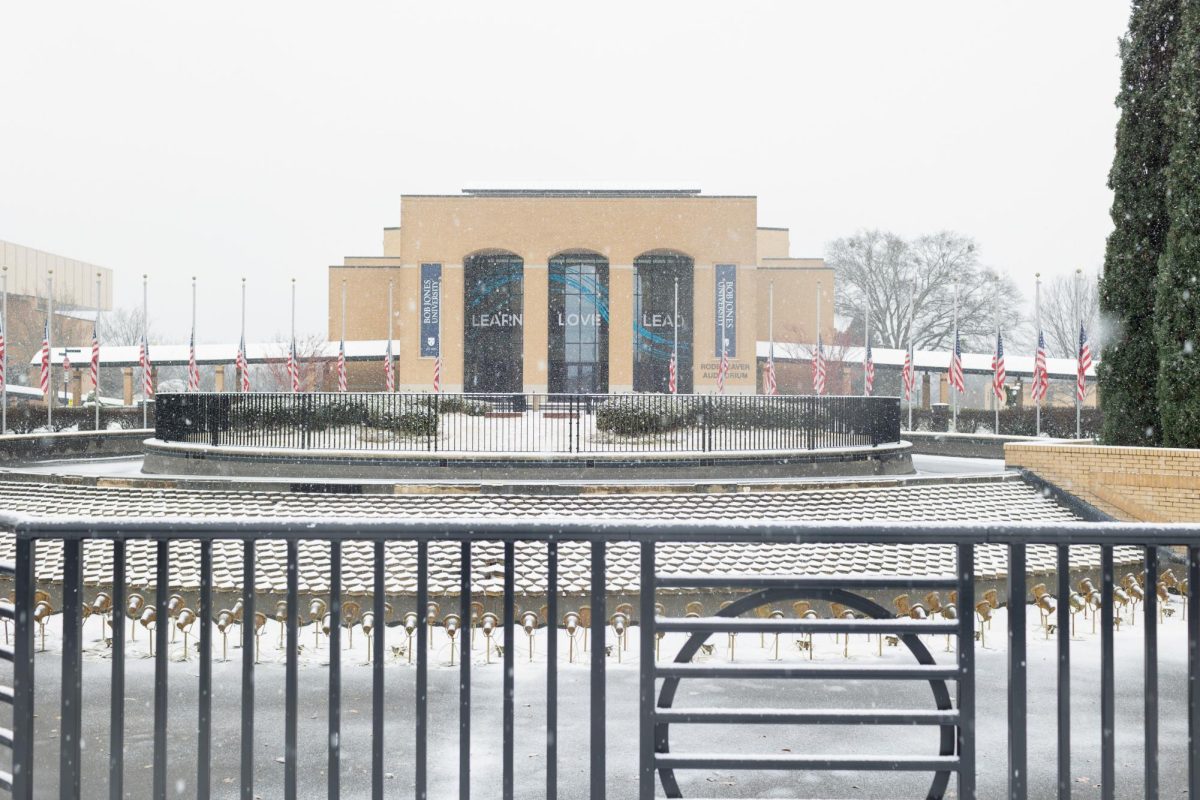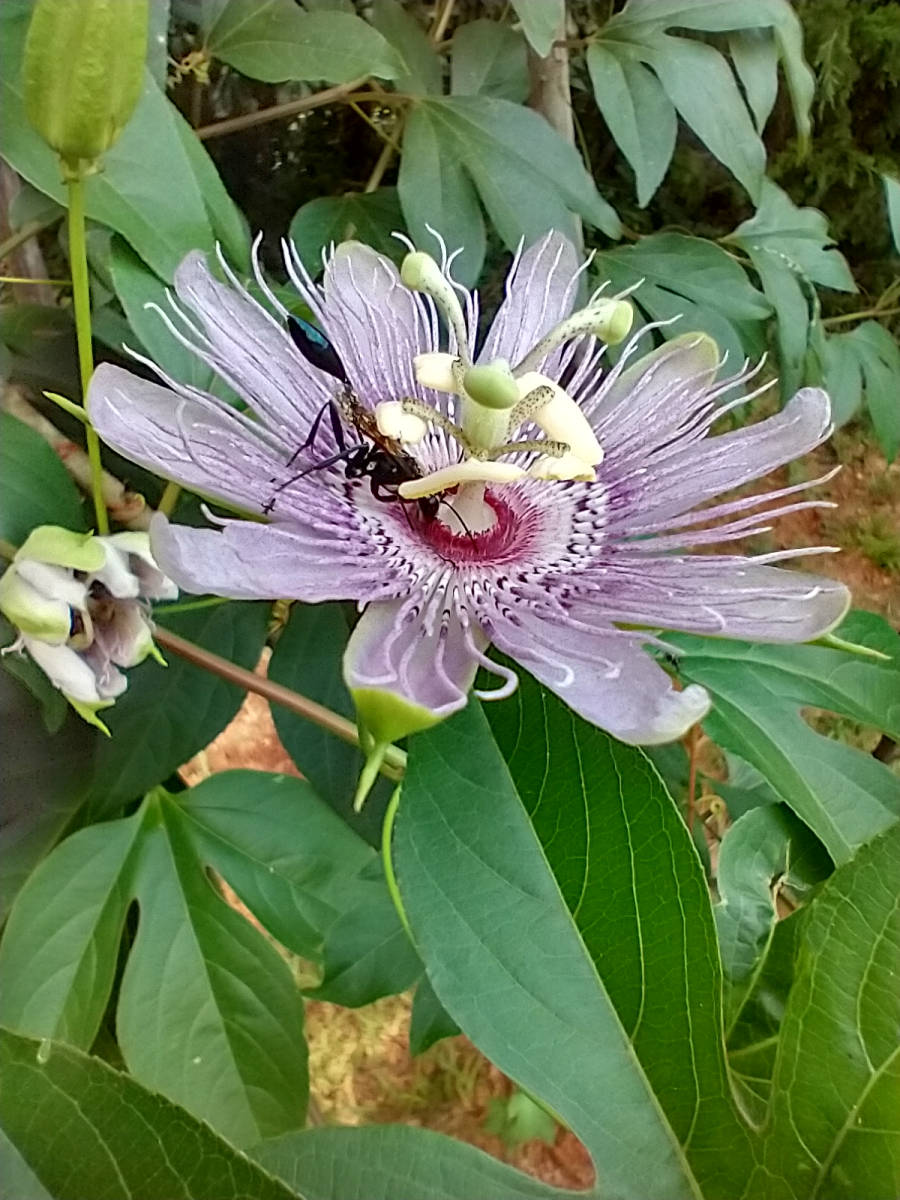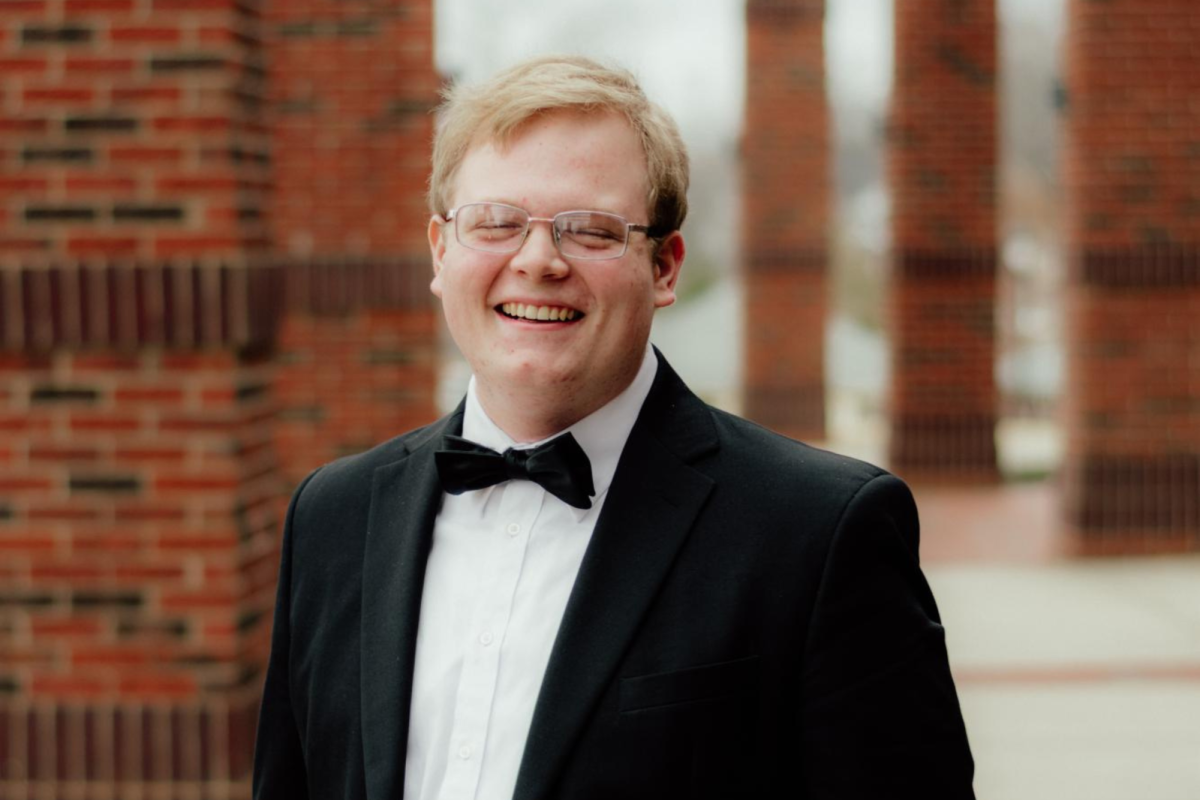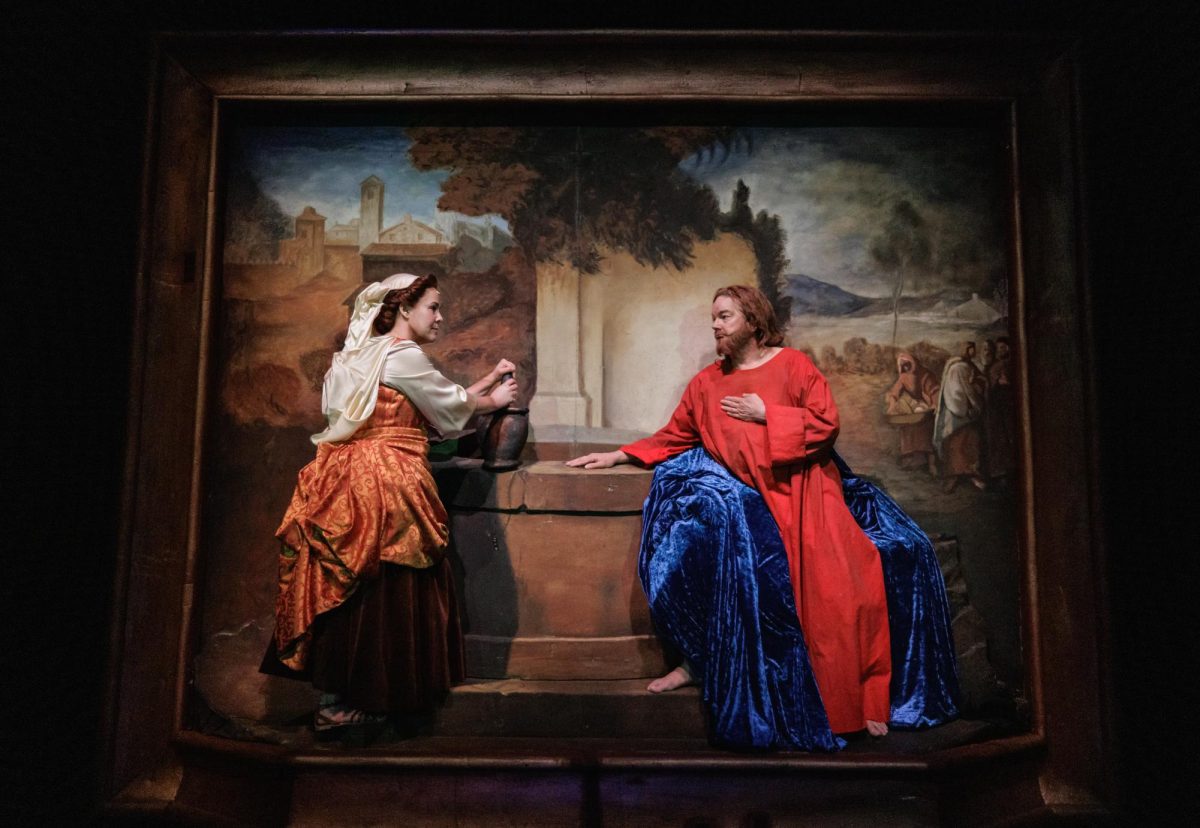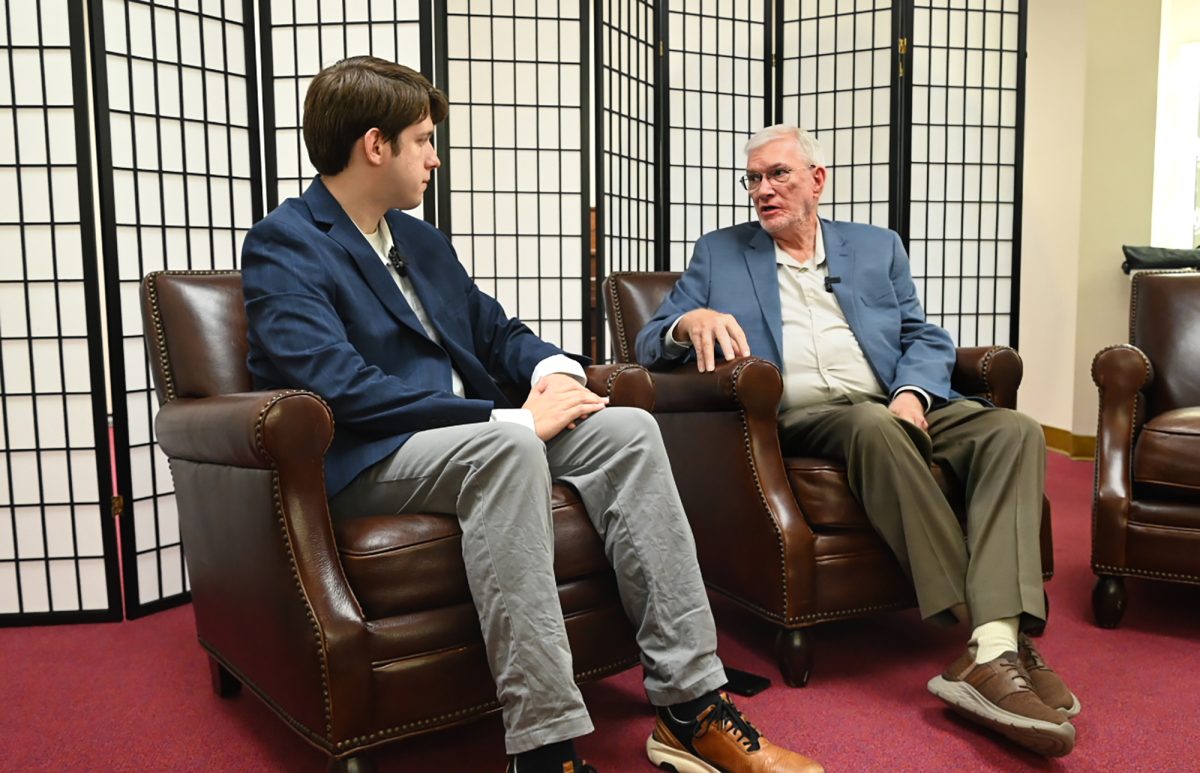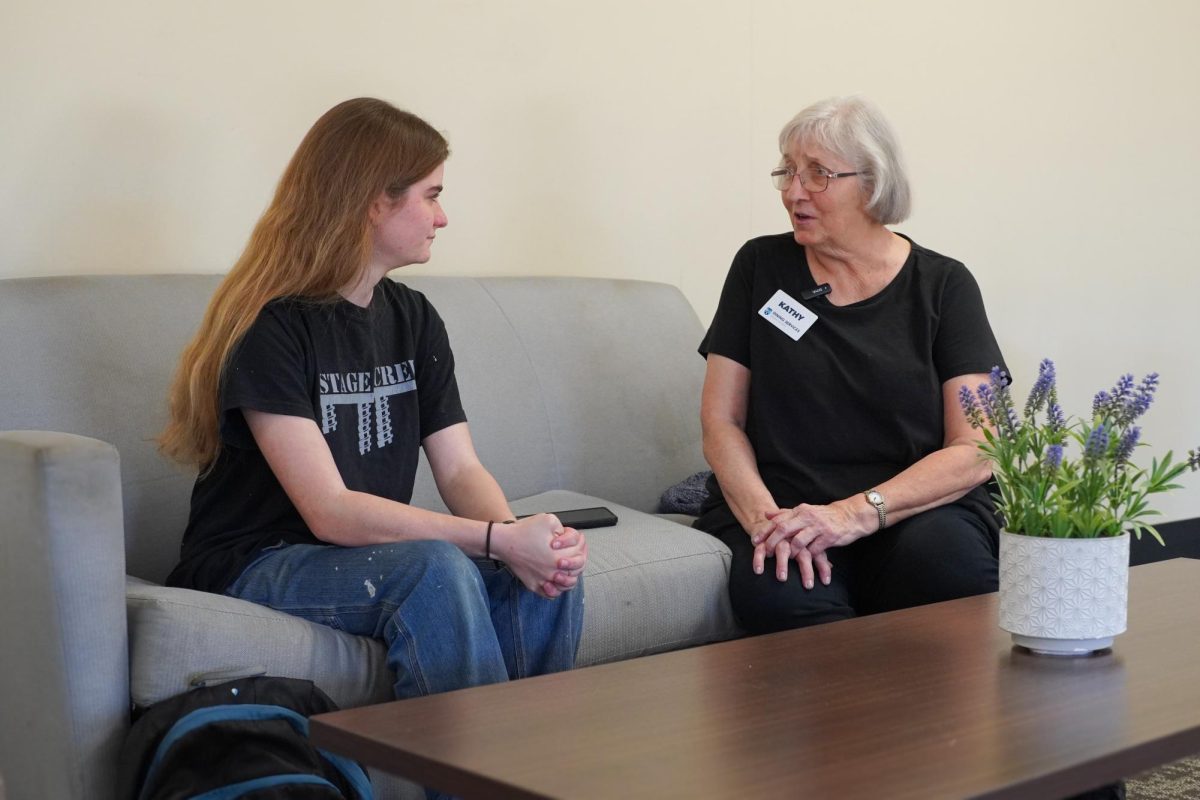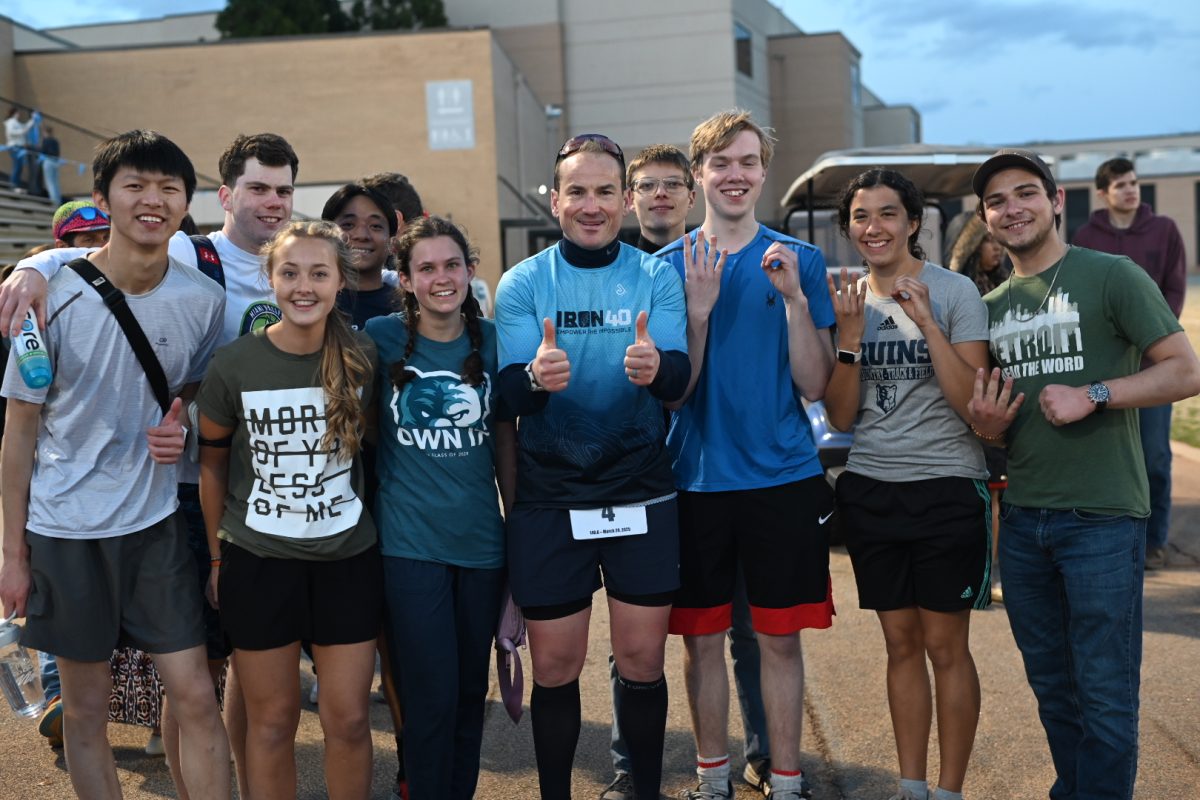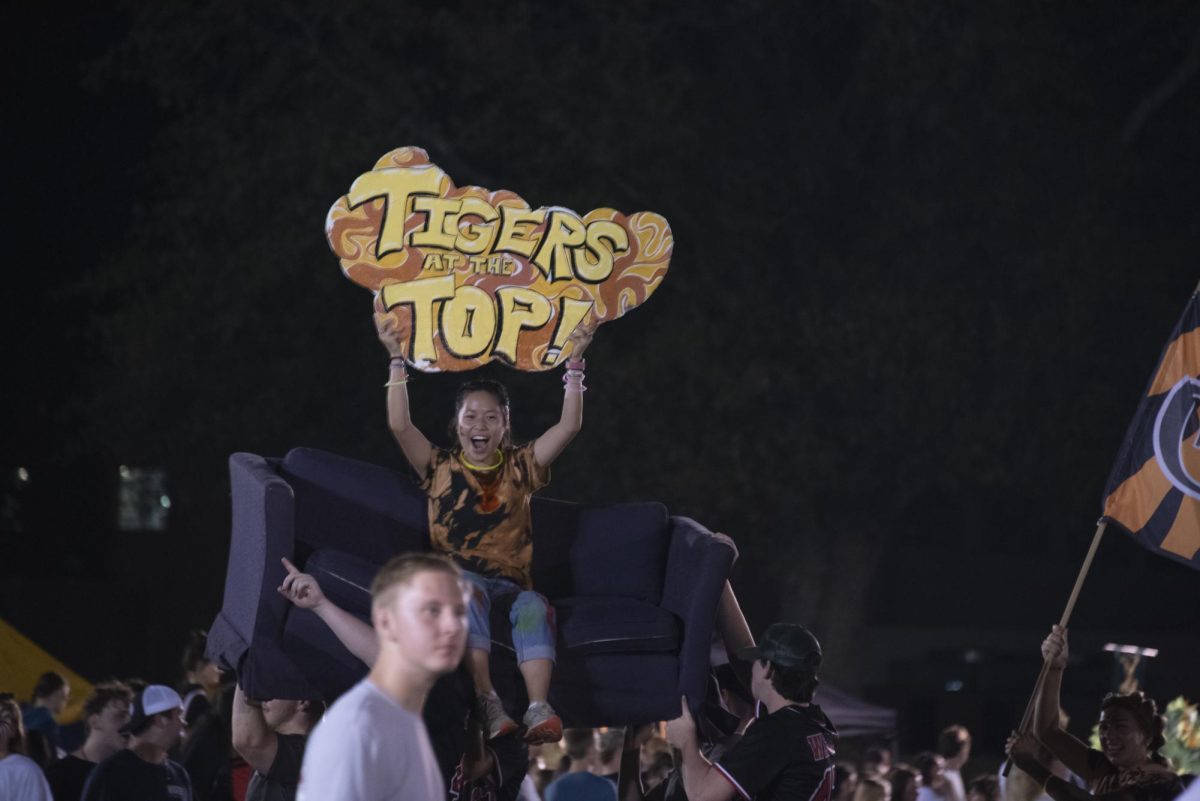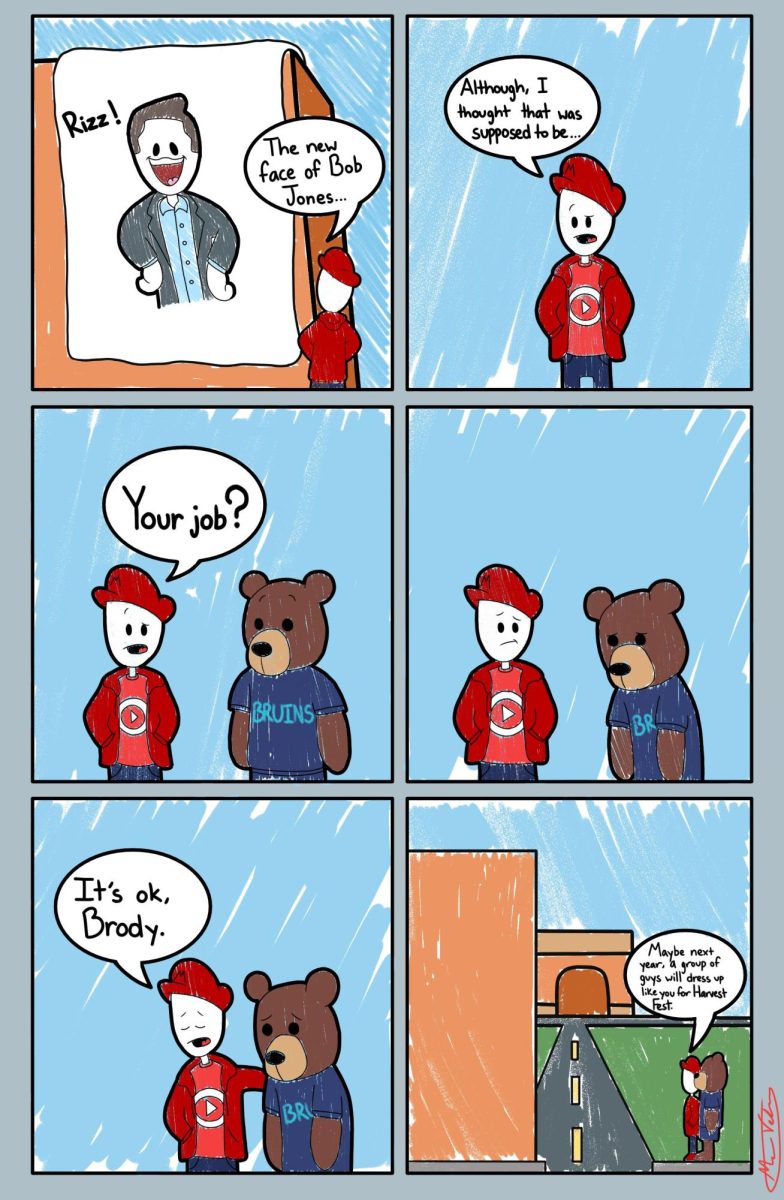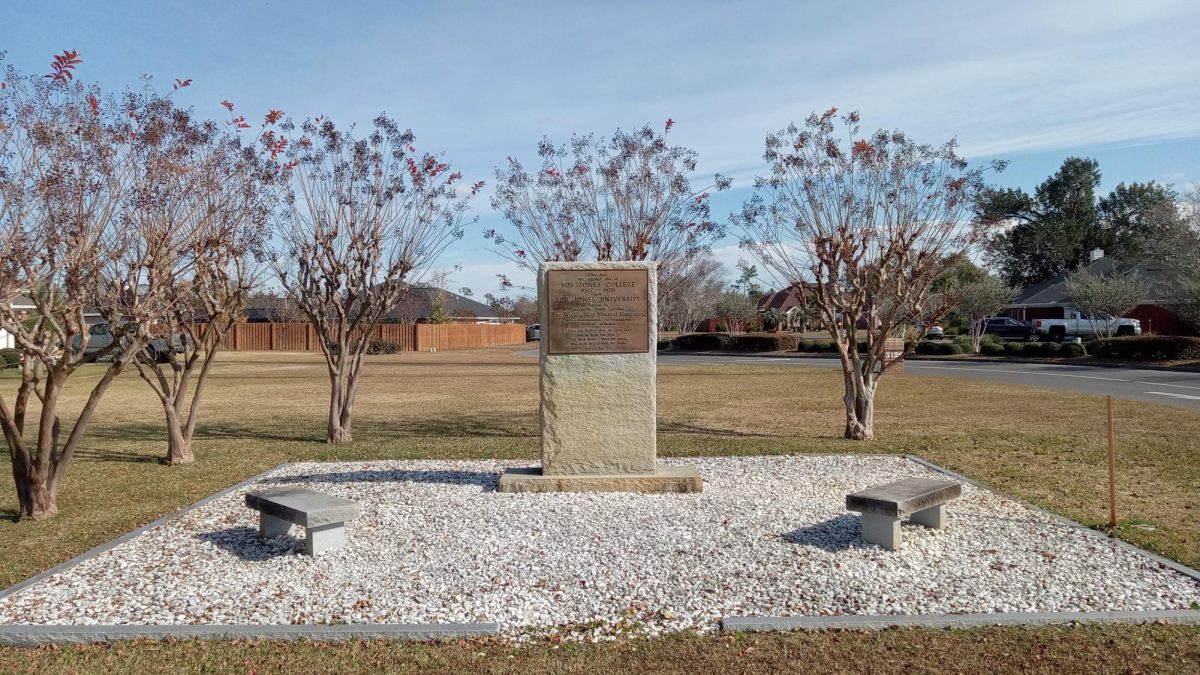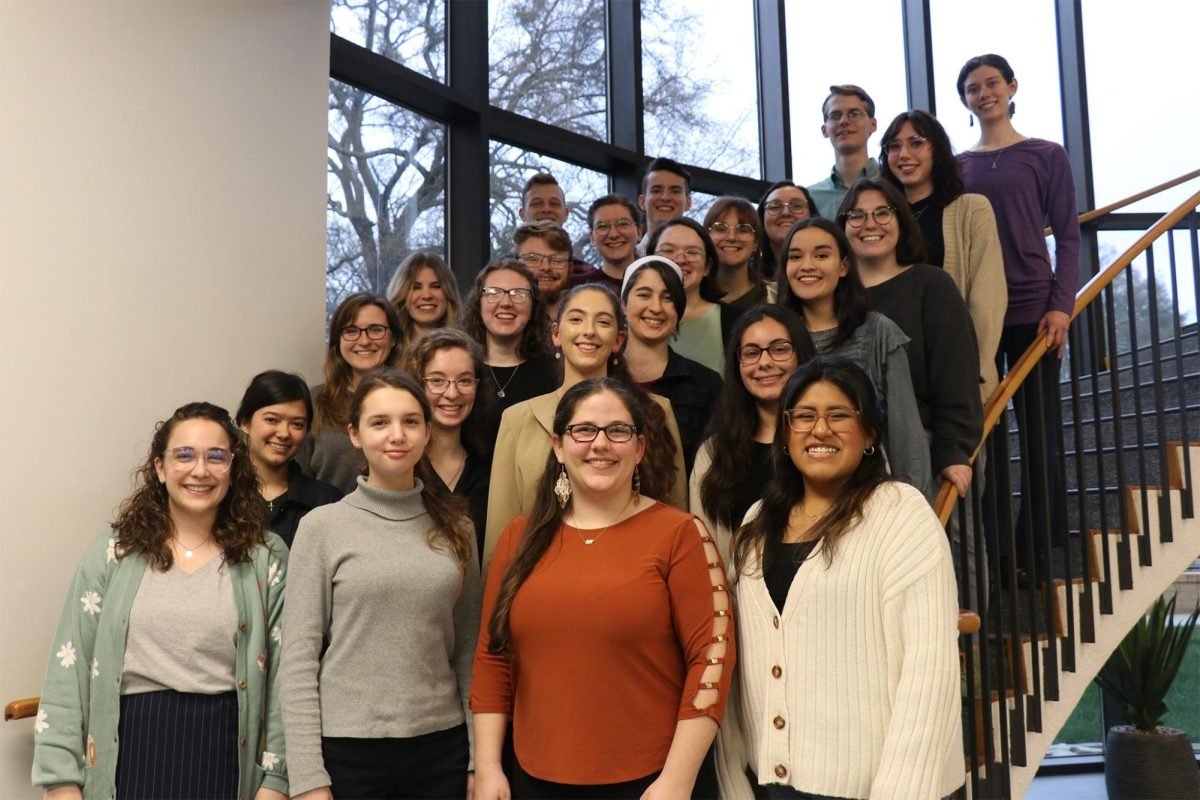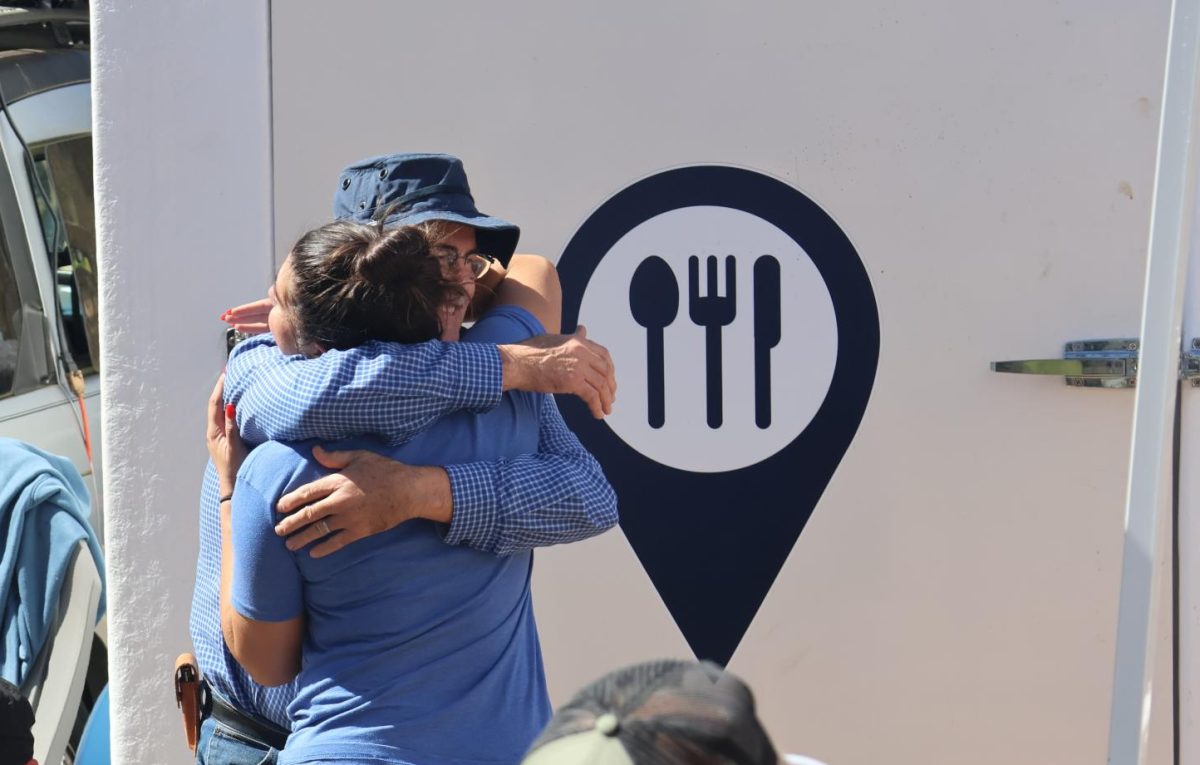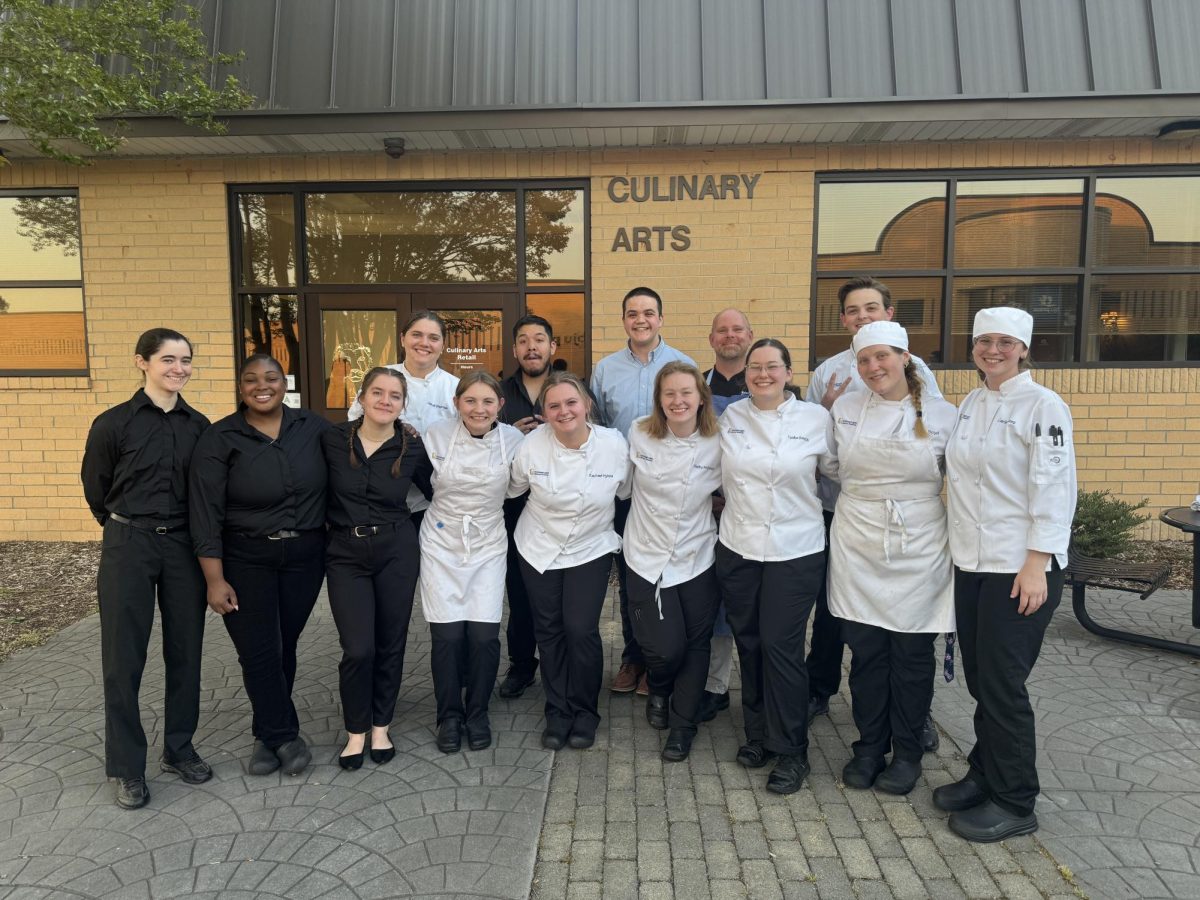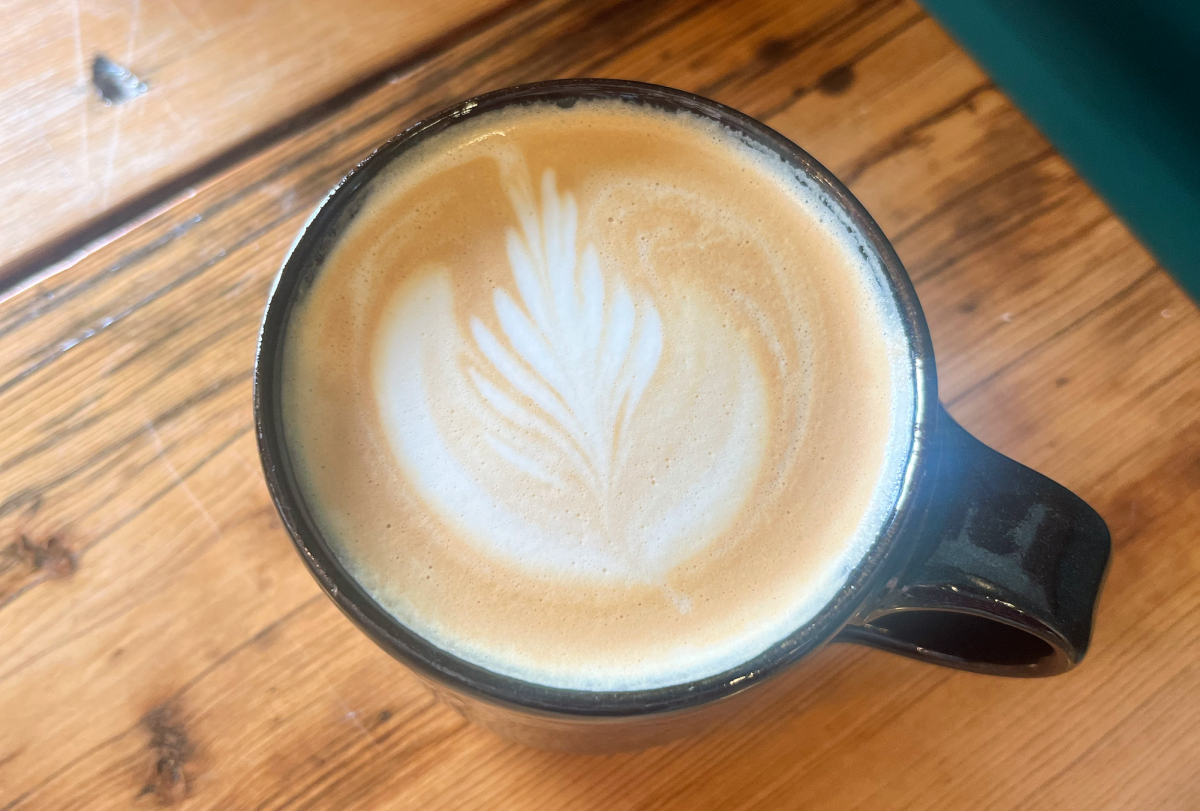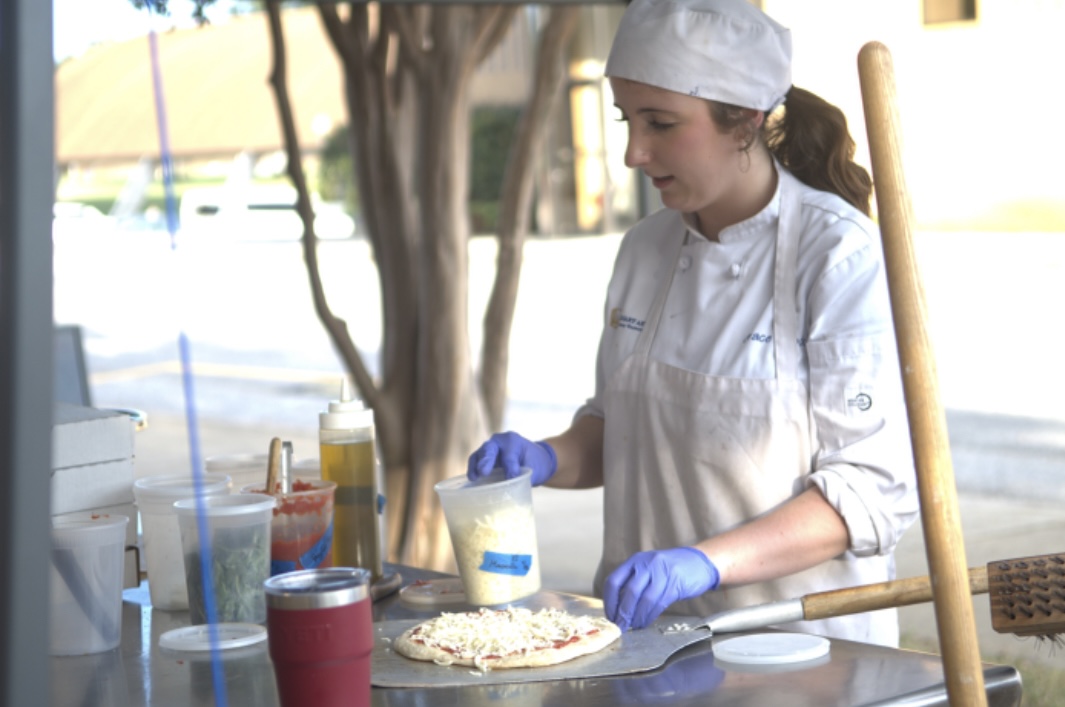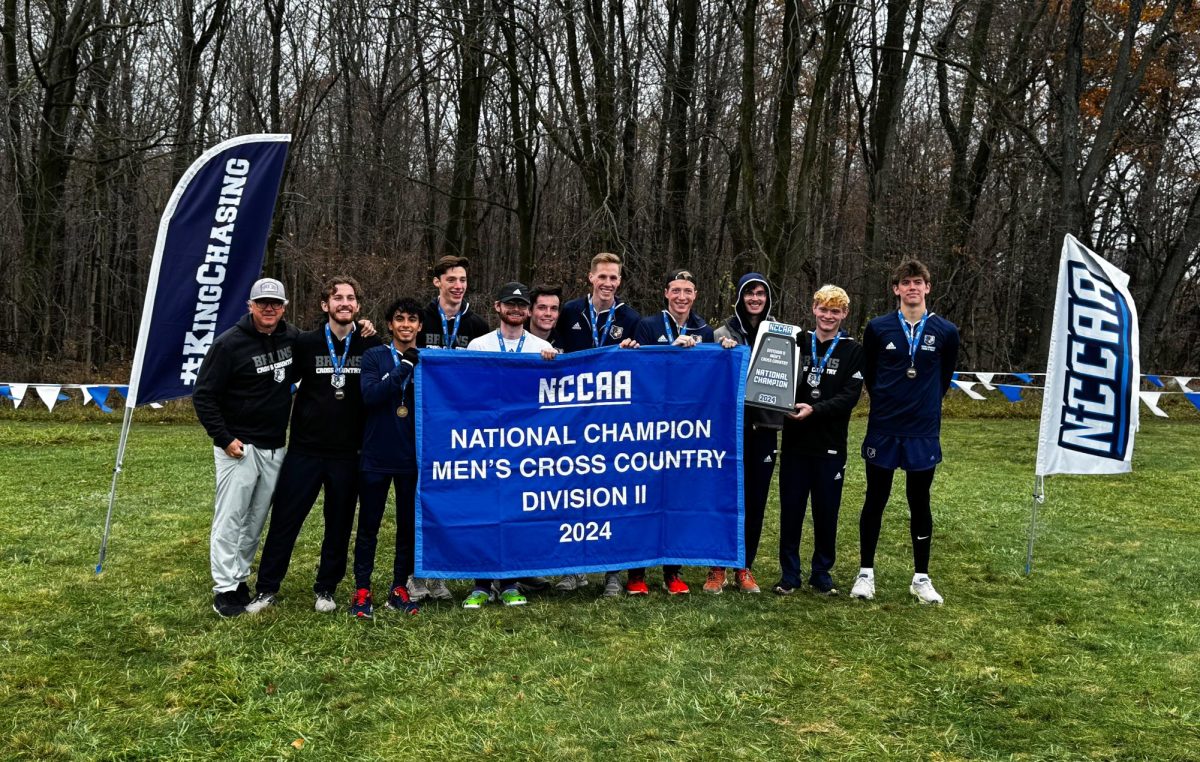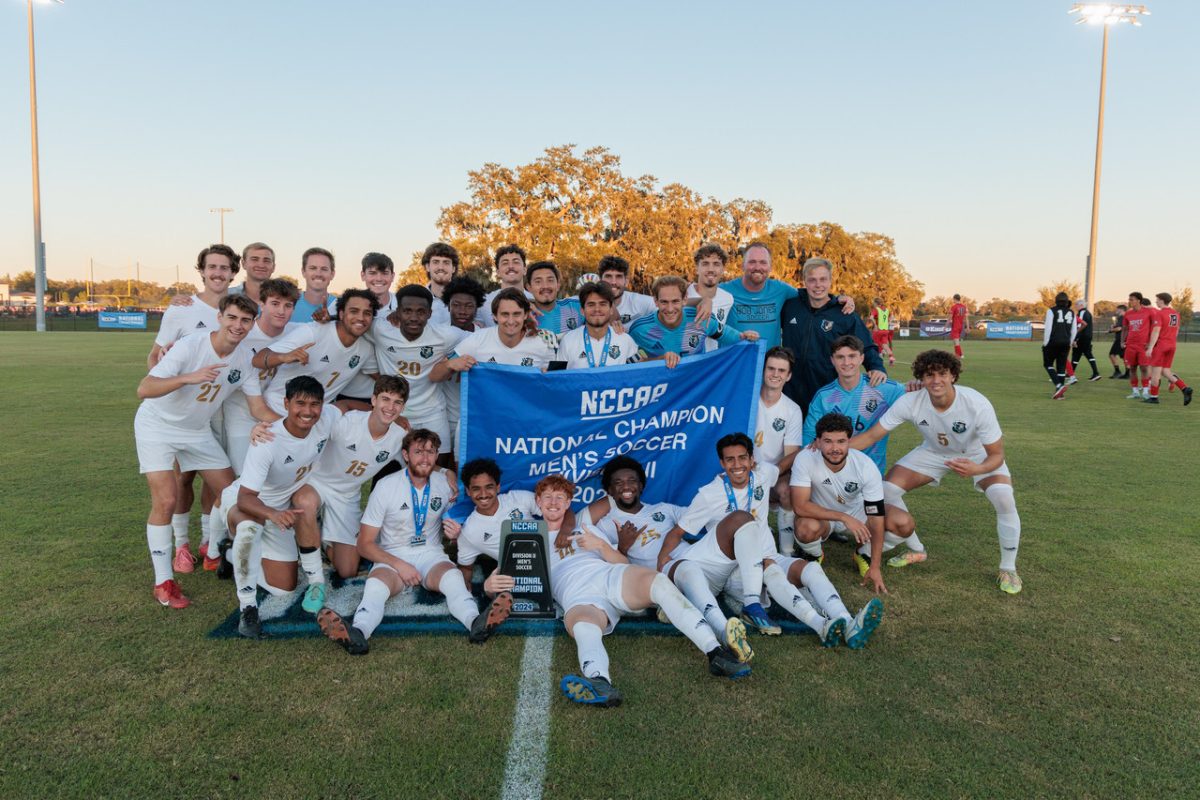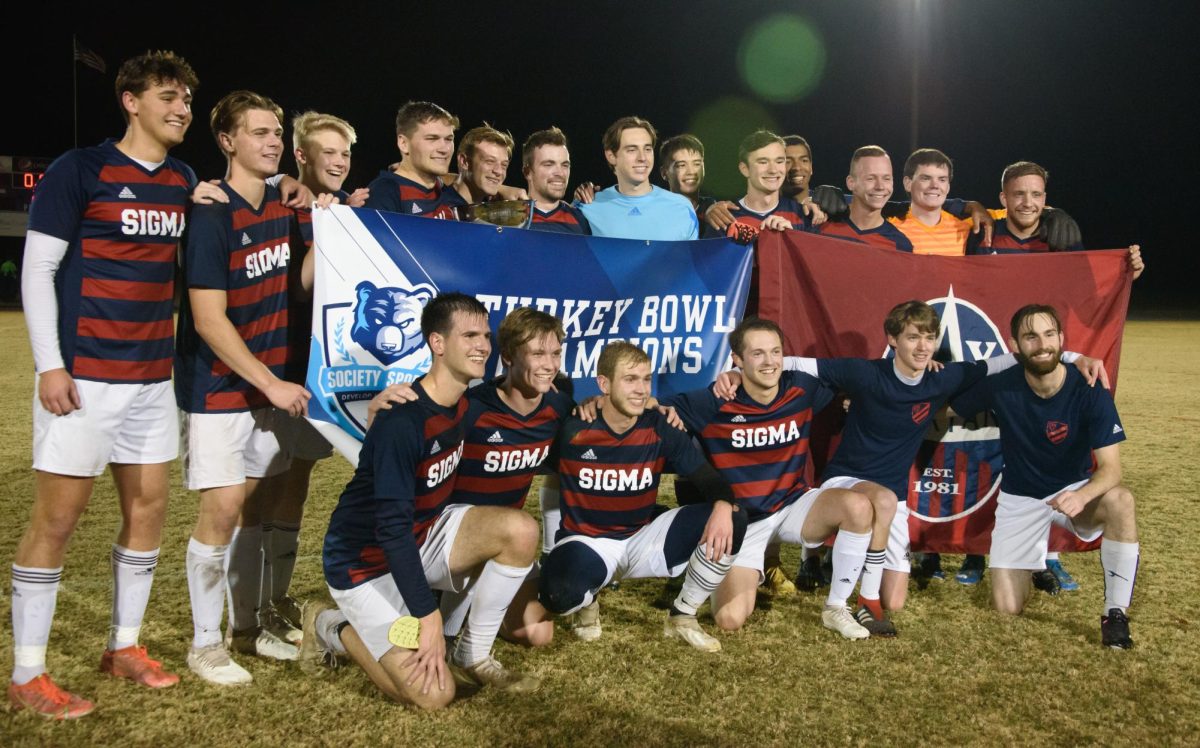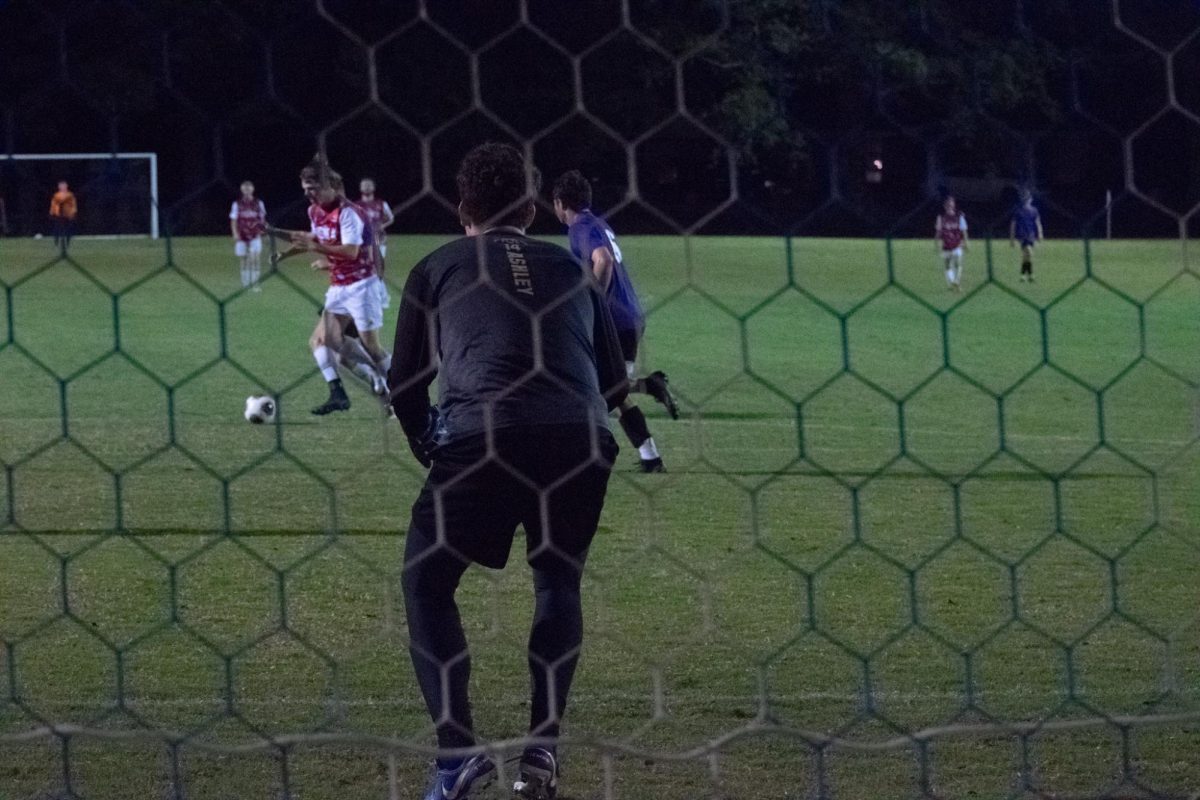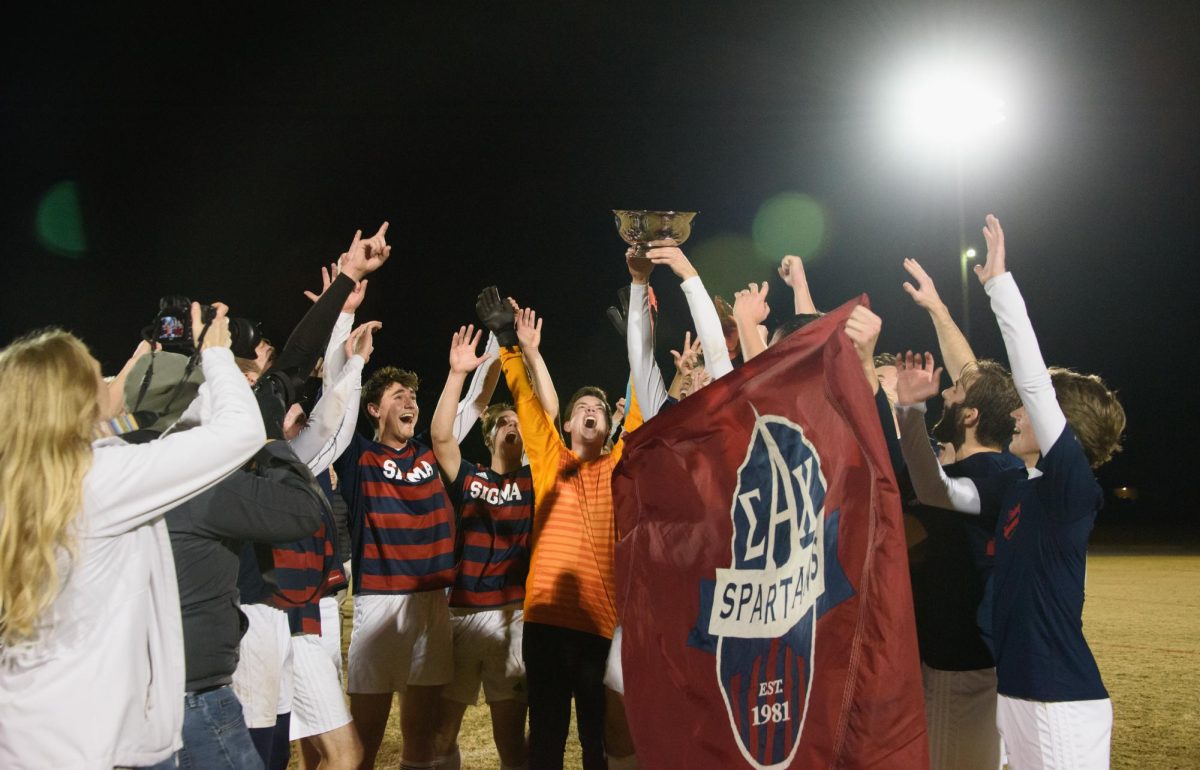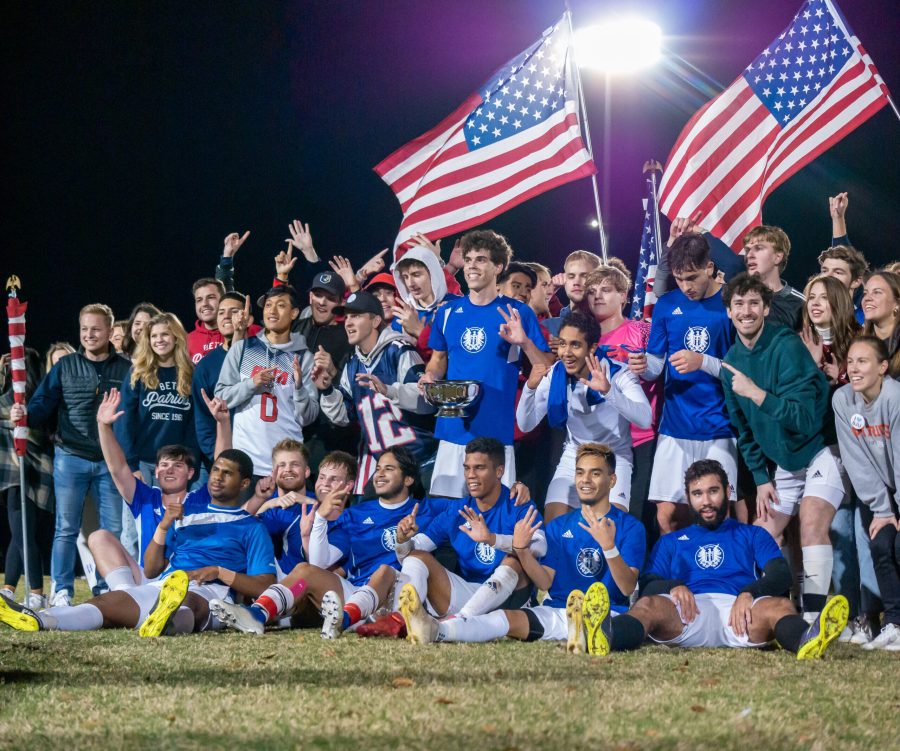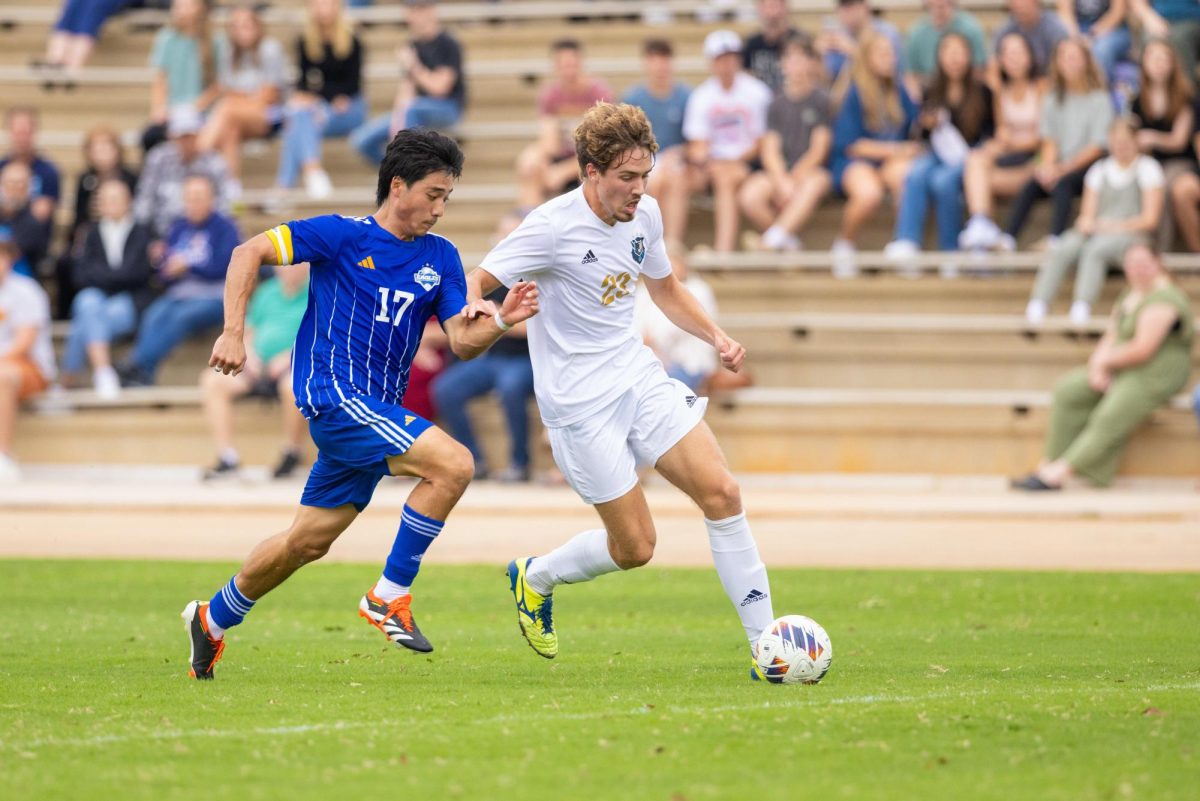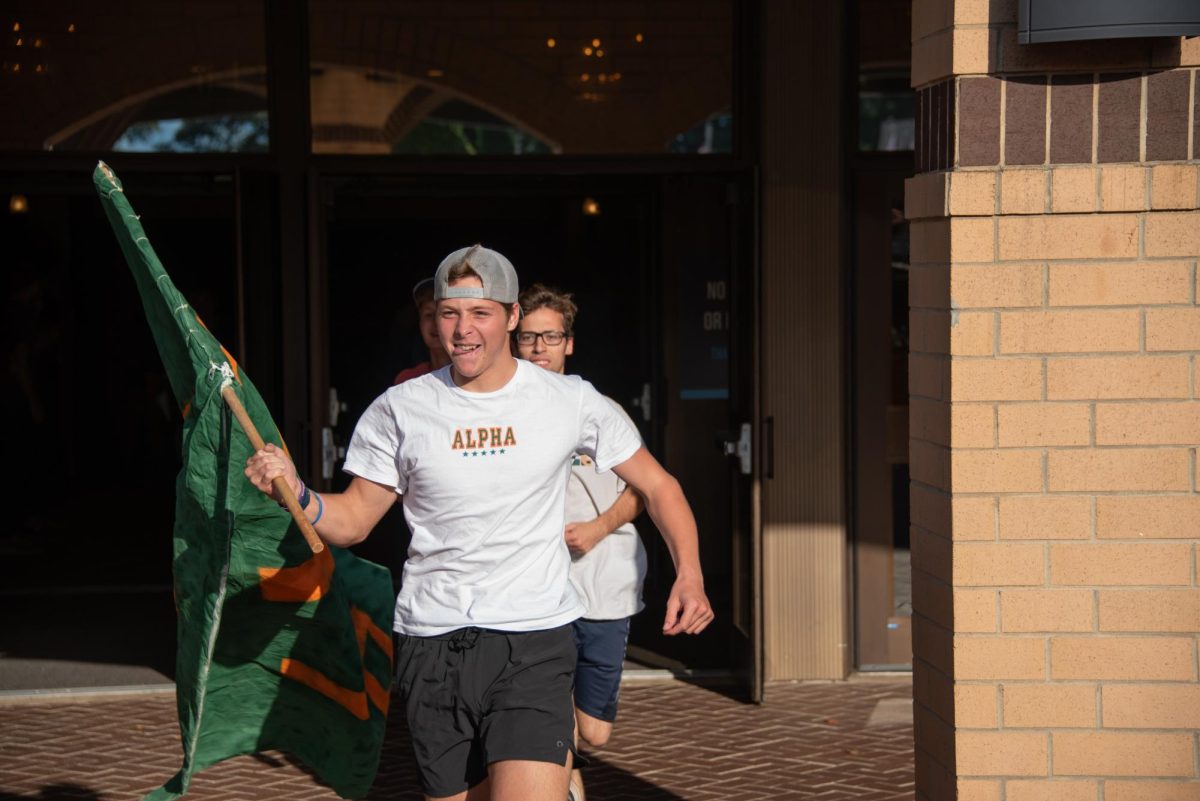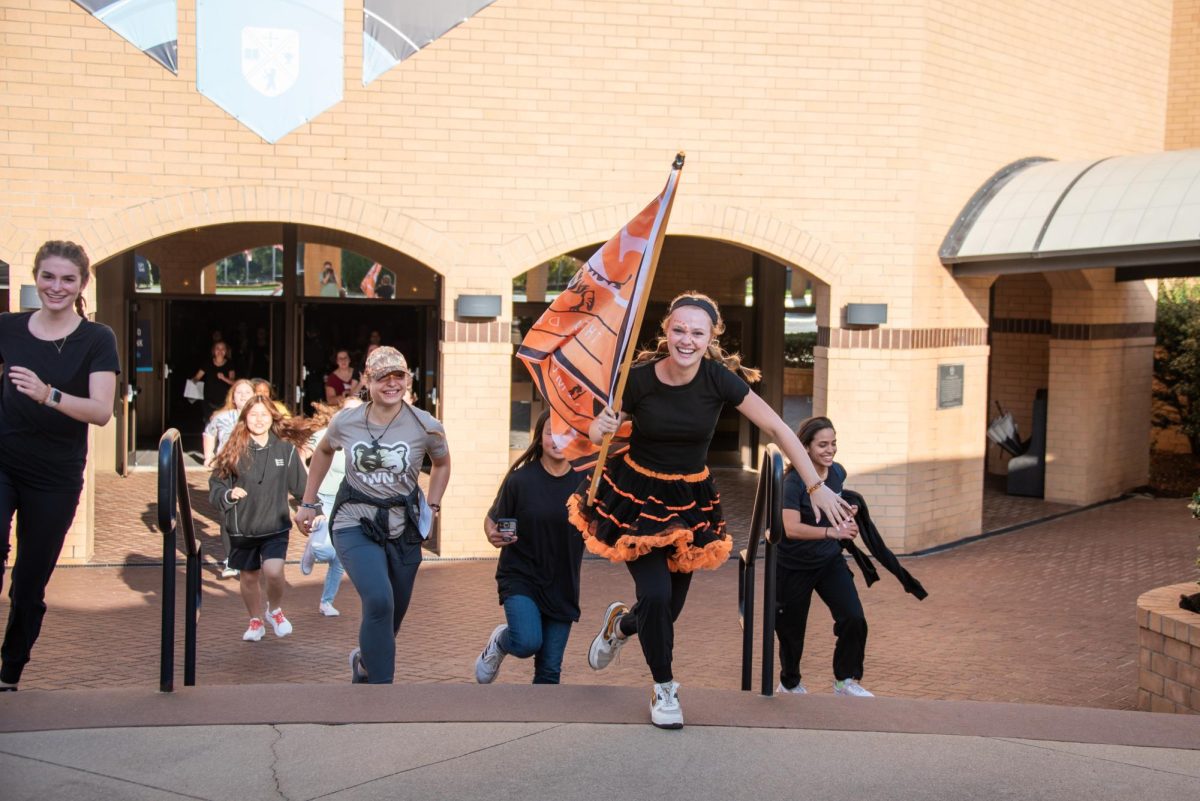Societies are the greatest way for a student to get involved at Bob Jones University—but what happens when they get too small? Can they get too big?
The number of members in a society may fluctuate greatly from year to year. The Sigma Lambda Delta Duskie Birds, now with over 100 members, had about 10 members three years ago. The Theta Kappa Chi Stallions, now the largest men’s society, was in a similar place.
How does this happen?
In an interview, BJU Assistant Men’s Director of Student Life Mr. Aaron Burk shared several notes on societies. When he was a student at BJU, there were 50 societies rather than 33. He recalled seeing a society once bounce from 60 members to 220 in one rush—a rush of 160 freshmen. He said if a society becomes too small to rebuild itself, it may need to recruit some members from other societies to help return to a healthy membership. A small society often simply needs a good rush, he said.
The Alpha Theta Pi Razorbacks exemplify the reinvigoration of a smaller society. Blake Von Bokern, president of the Razorbacks, shared some details of the leadership’s work to grow the society. A team of about 10 men was created to boost the Razorbacks. Burk set up several meetings with them to plan the best way to grow the membership. These meetings—one lasting four hours—were opportunities for these men to share their experiences from their societies and use those experiences to plan for the incoming Razorbacks.
Entering this school year, only three of the Razorbacks were returning members. The men in the team sacrificed greatly to ensure the society’s success, one member even dropping credits for this school year to free up his time and energy. The team’s efforts were rewarded when 25 freshmen picked Alpha Theta Pi, according to numbers shared with The Collegian.
If a society falls below 15 members, it may enter the radar of the Center for Leadership Development. Burk though, doesn’t want to dissolve societies that shrink too small. He said he would much rather allow students to transfer from a larger society to support the smaller society.
Burk finds the membership “sweet spot” around 45 members, he said. It allows the society to have a community, play intramural sports, and uplift each other optimally, he said.
“Smaller size is a strength,” he said.
On the opposite end, some society memberships are in the triple digits. No society can be “too big,” but a society may be big enough that it could split into more than one to allow for two closer communities, Burk said.
Burk also didn’t dismiss the idea of starting a new society. He recalled the concept has been presented to him, and he considers it seriously. He would love to revive old colors and Greek letters of societies past and allow new students to embrace them, he said.
Burk compared societies at BJU to buses. Each of these 33 buses may “have a different paint job” or even “smell different,” but each one fits the same purpose: to carry students through their college experience encouraged, uplifted, and Christlike. Burk does not want to “put a bus on blocks” only because it has few passengers.
BJU uses societies as another way to grow each student, whether the society be big or small.

